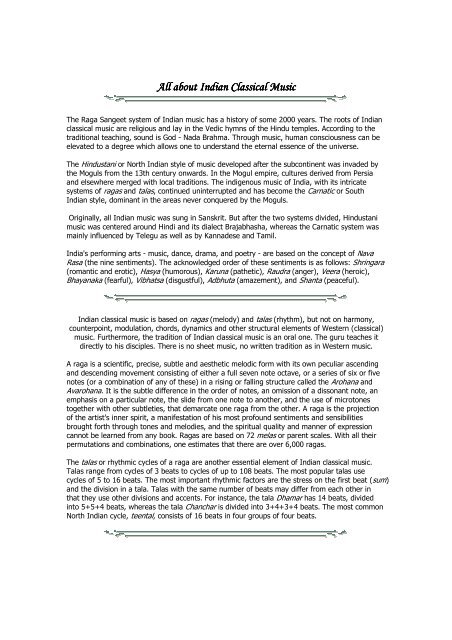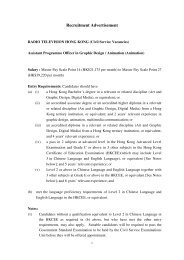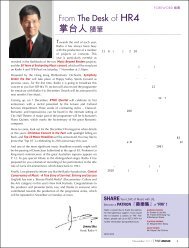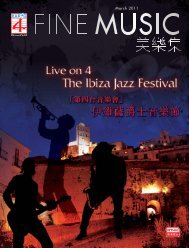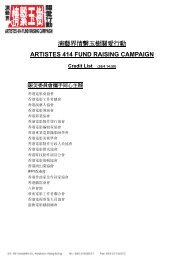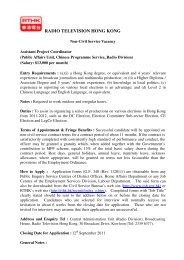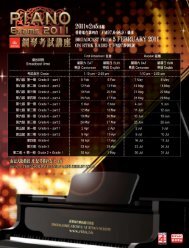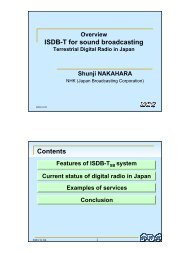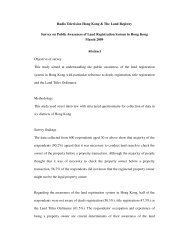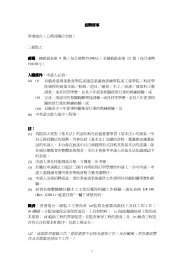All About Indian Classical Music _for web_
All About Indian Classical Music _for web_
All About Indian Classical Music _for web_
You also want an ePaper? Increase the reach of your titles
YUMPU automatically turns print PDFs into web optimized ePapers that Google loves.
<strong>All</strong> about <strong>Indian</strong> <strong>Classical</strong> <strong>Music</strong><br />
The Raga Sangeet system of <strong>Indian</strong> music has a history of some 2000 years. The roots of <strong>Indian</strong><br />
classical music are religious and lay in the Vedic hymns of the Hindu temples. According to the<br />
traditional teaching, sound is God - Nada Brahma. Through music, human consciousness can be<br />
elevated to a degree which allows one to understand the eternal essence of the universe.<br />
The Hindustani or North <strong>Indian</strong> style of music developed after the subcontinent was invaded by<br />
the Moguls from the 13th century onwards. In the Mogul empire, cultures derived from Persia<br />
and elsewhere merged with local traditions. The indigenous music of India, with its intricate<br />
systems of ragas and talas, continued uninterrupted and has become the Carnatic or South<br />
<strong>Indian</strong> style, dominant in the areas never conquered by the Moguls.<br />
Originally, all <strong>Indian</strong> music was sung in Sanskrit. But after the two systems divided, Hindustani<br />
music was centered around Hindi and its dialect Brajabhasha, whereas the Carnatic system was<br />
mainly influenced by Telegu as well as by Kannadese and Tamil.<br />
India's per<strong>for</strong>ming arts - music, dance, drama, and poetry - are based on the concept of Nava<br />
Rasa (the nine sentiments). The acknowledged order of these sentiments is as follows: Shringara<br />
(romantic and erotic), Hasya (humorous), Karuna (pathetic), Raudra (anger), Veera (heroic),<br />
Bhayanaka (fearful), Vibhatsa (disgustful), Adbhuta (amazement), and Shanta (peaceful).<br />
<strong>Indian</strong> classical music is based on ragas (melody) and talas (rhythm), but not on harmony,<br />
counterpoint, modulation, chords, dynamics and other structural elements of Western (classical)<br />
music. Furthermore, the tradition of <strong>Indian</strong> classical music is an oral one. The guru teaches it<br />
directly to his disciples. There is no sheet music, no written tradition as in Western music.<br />
A raga is a scientific, precise, subtle and aesthetic melodic <strong>for</strong>m with its own peculiar ascending<br />
and descending movement consisting of either a full seven note octave, or a series of six or five<br />
notes (or a combination of any of these) in a rising or falling structure called the Arohana and<br />
Avarohana. It is the subtle difference in the order of notes, an omission of a dissonant note, an<br />
emphasis on a particular note, the slide from one note to another, and the use of microtones<br />
together with other subtleties, that demarcate one raga from the other. A raga is the projection<br />
of the artist's inner spirit, a manifestation of his most profound sentiments and sensibilities<br />
brought <strong>for</strong>th through tones and melodies, and the spiritual quality and manner of expression<br />
cannot be learned from any book. Ragas are based on 72 melas or parent scales. With all their<br />
permutations and combinations, one estimates that there are over 6,000 ragas.<br />
The talas or rhythmic cycles of a raga are another essential element of <strong>Indian</strong> classical music.<br />
Talas range from cycles of 3 beats to cycles of up to 108 beats. The most popular talas use<br />
cycles of 5 to 16 beats. The most important rhythmic factors are the stress on the first beat (sum)<br />
and the division in a tala. Talas with the same number of beats may differ from each other in<br />
that they use other divisions and accents. For instance, the tala Dhamar has 14 beats, divided<br />
into 5+5+4 beats, whereas the tala Chanchar is divided into 3+4+3+4 beats. The most common<br />
North <strong>Indian</strong> cycle, teental, consists of 16 beats in four groups of four beats.
In vocal music, a drummer will accompany a singer either in slow, medium, or fast tempo at the<br />
start of a song in whatever tala the singer chooses. Today, most vocal and instrumental music is<br />
based on the contemporary <strong>for</strong>m called khyal, which is accompanied by the tabla, a two-piece<br />
drum. It consists of the right-hand, wooden-bodied tabla and the left-hand, metal-bodied bassdrum<br />
bayan.<br />
The traditional recital of <strong>Indian</strong> classical music begins with the alap section, the stately and<br />
serene exploration, the gradual and meditative unfolding of the structure, theme and rasa of a<br />
chosen raga. It is considered the highest <strong>for</strong>m in <strong>Indian</strong> music. This slow, introspective and<br />
heartfelt beginning is followed by the jor, which adds rhythm to the music and develops the<br />
raga's basic theme in innumerable variations. Neither the alap nor the jor are accompanied by<br />
the drums. They evolve into the gat, the fixed composition of the raga. The drums enter the<br />
rhythmic structure of the gat and its time cycle, the tala. This section is based on the Khyal <strong>for</strong>m.<br />
The gat accelerates step-by-step and culminates in the jhala portion, which is playful and exciting.


